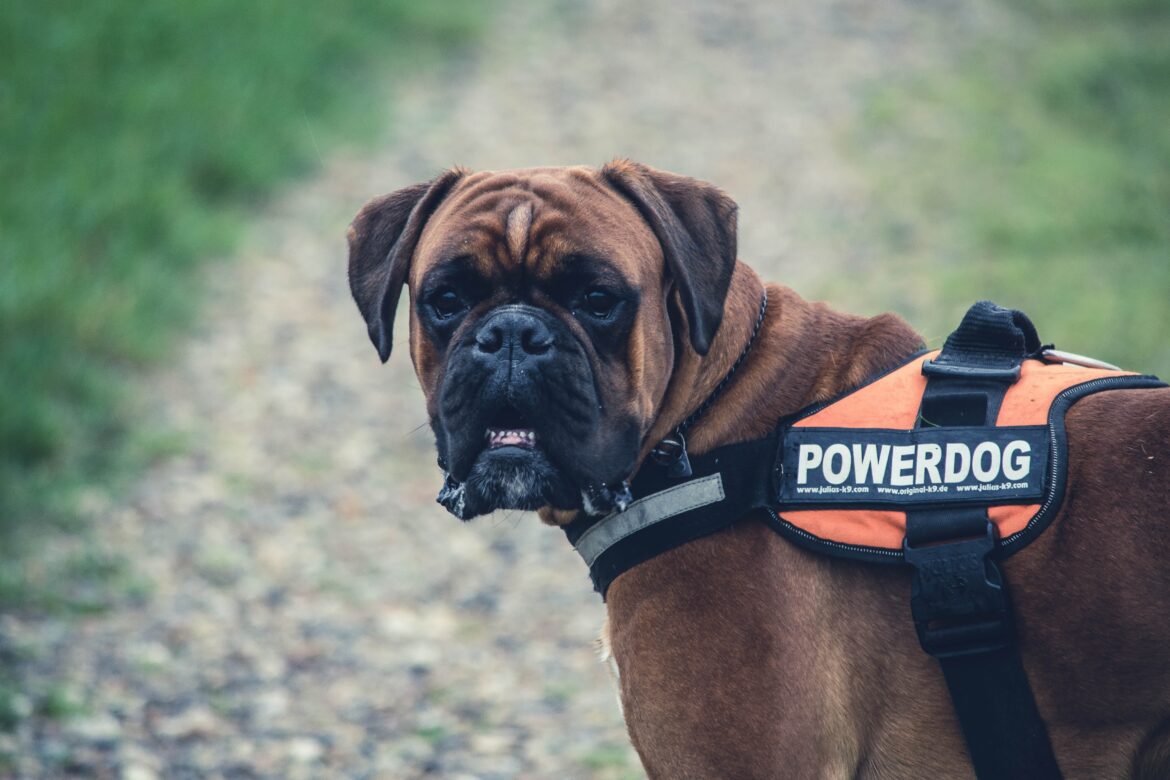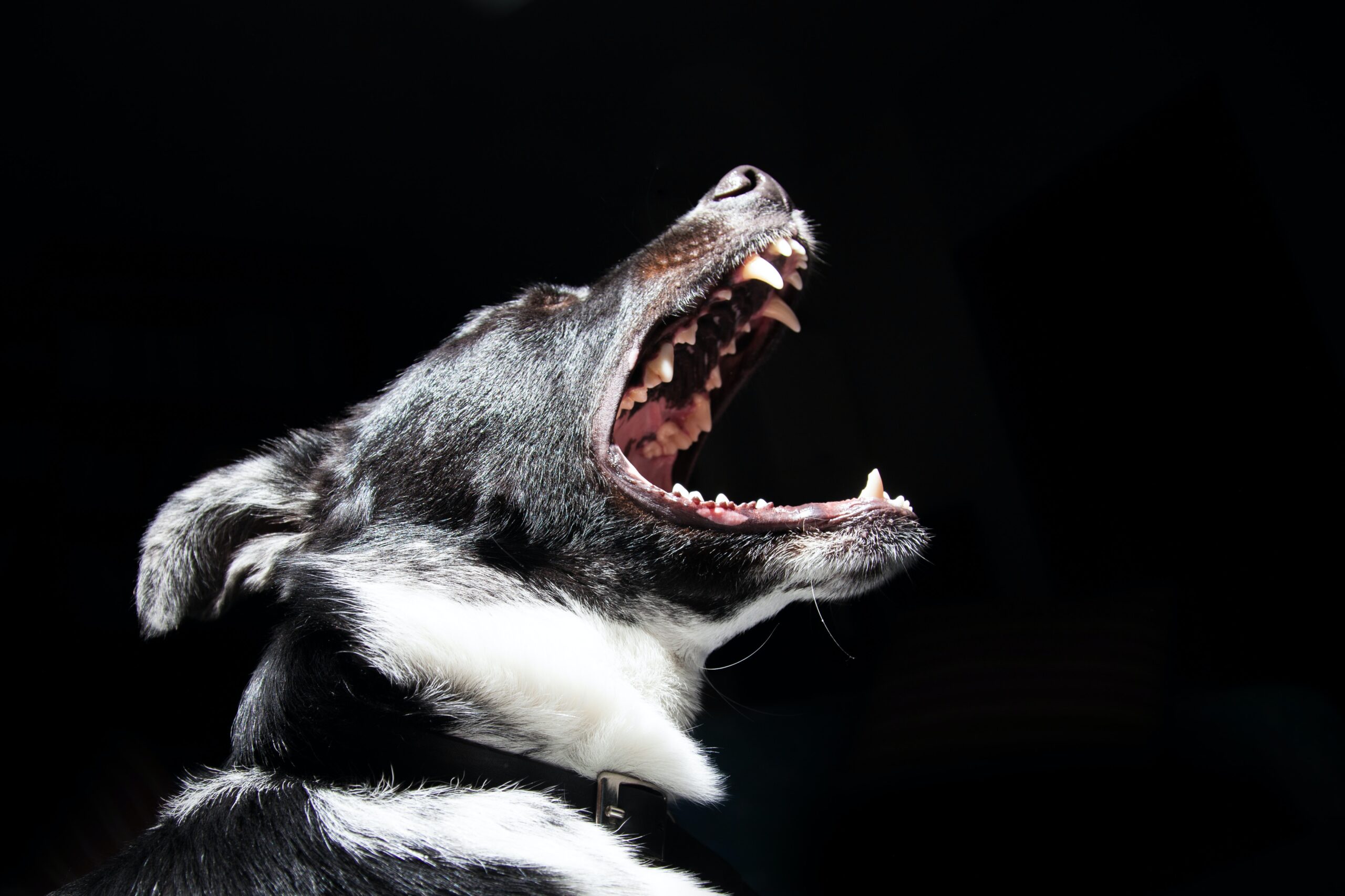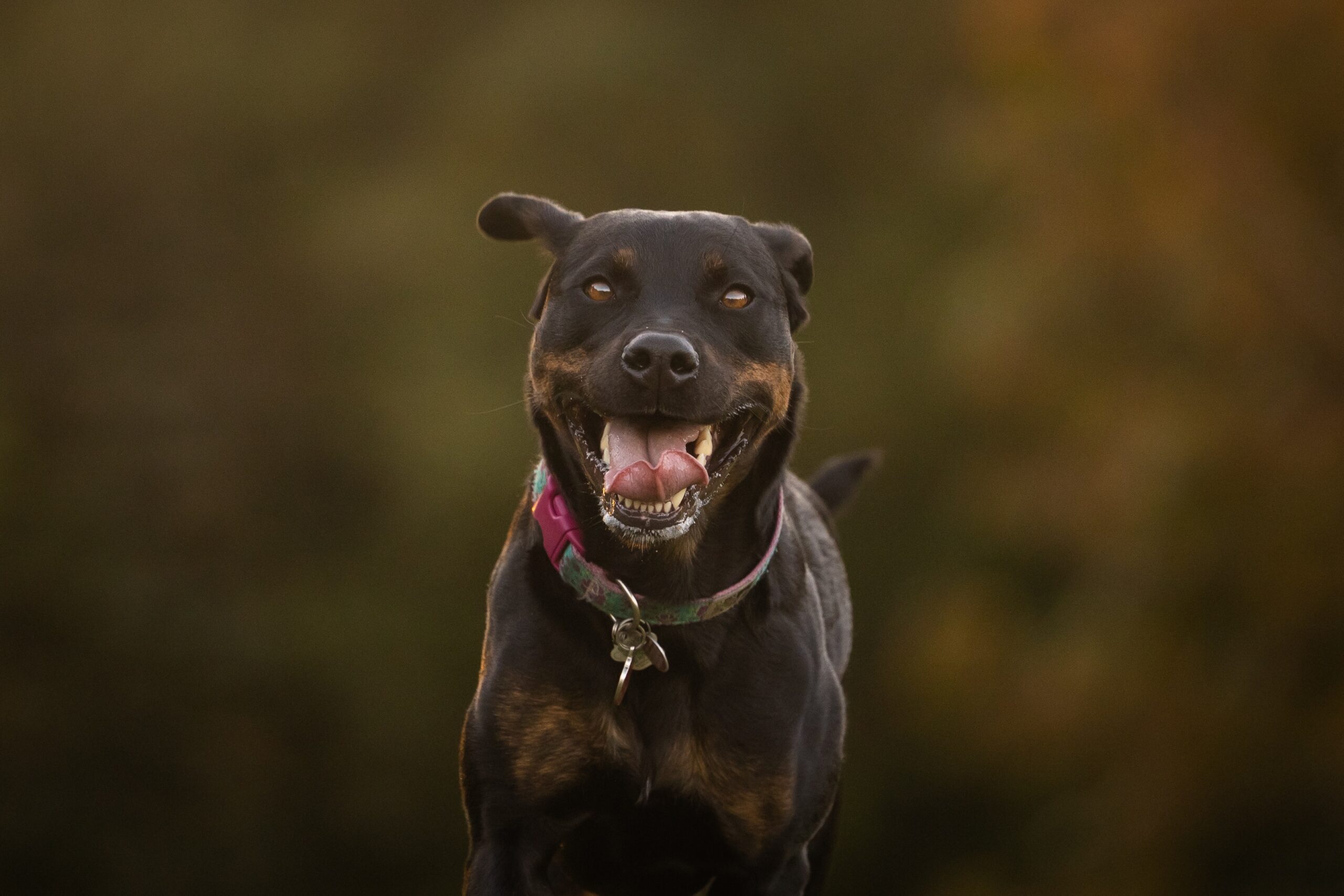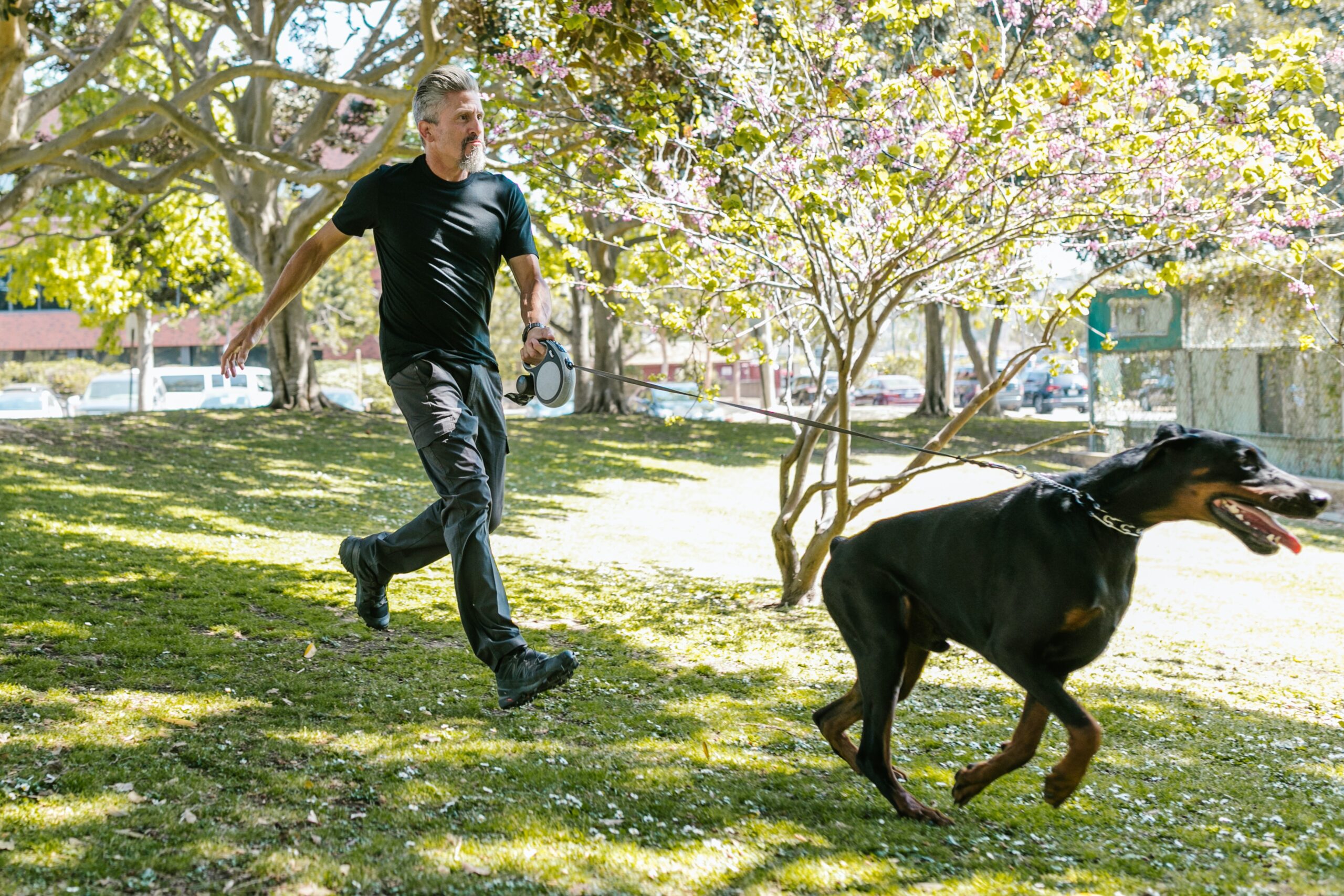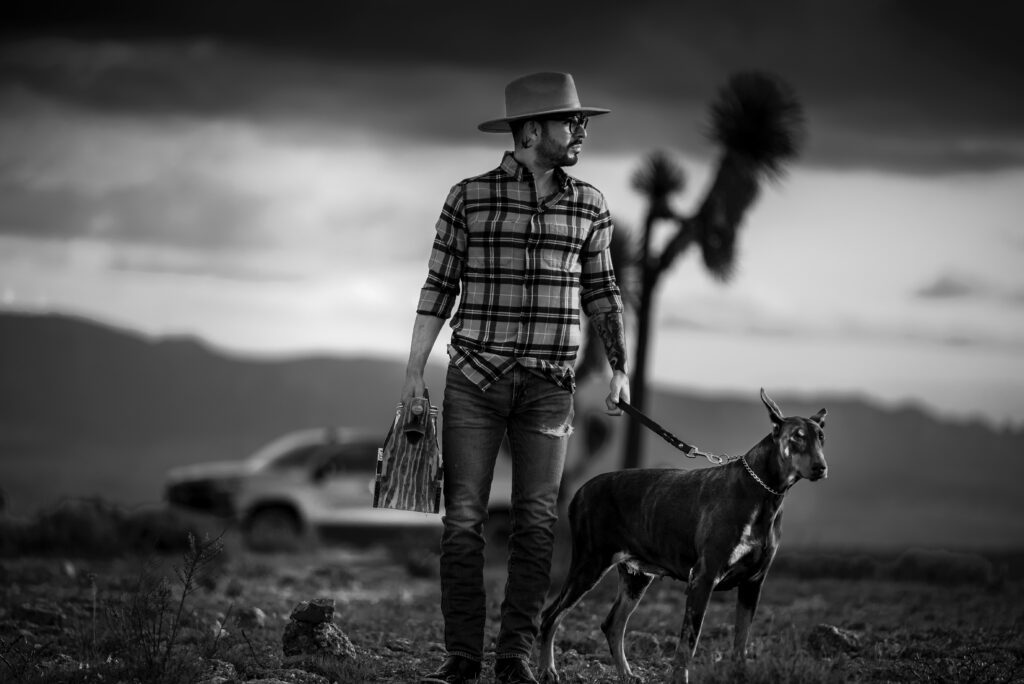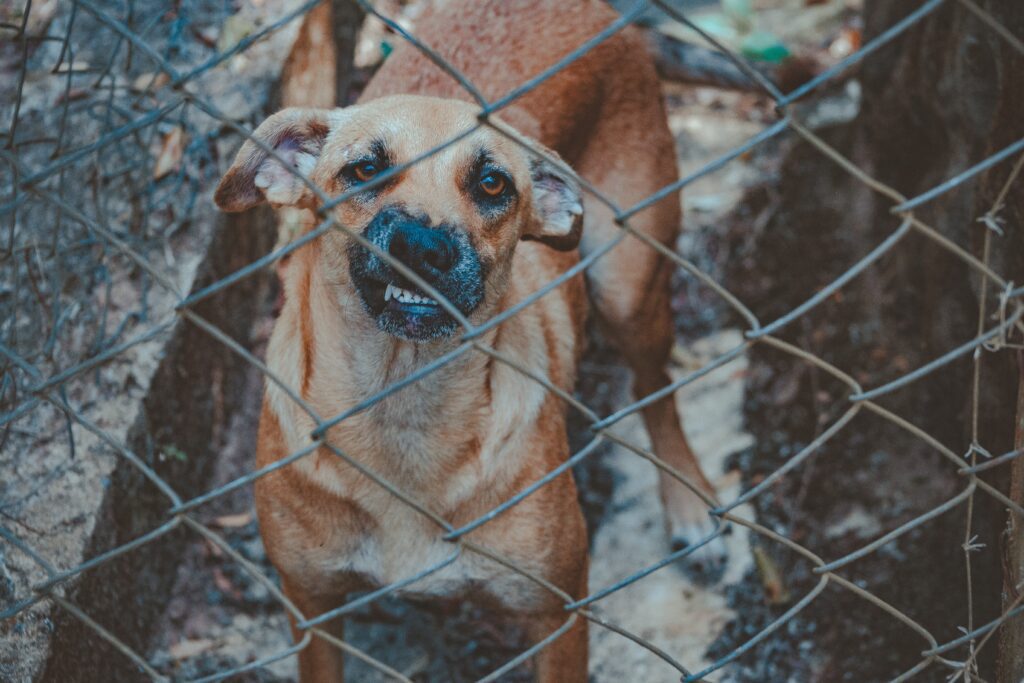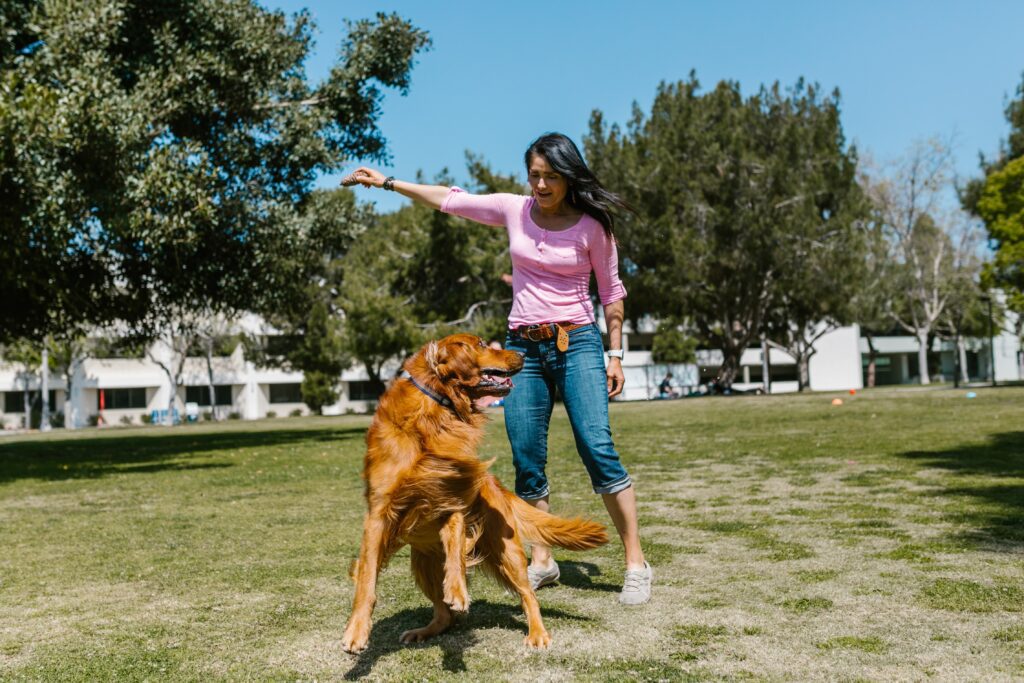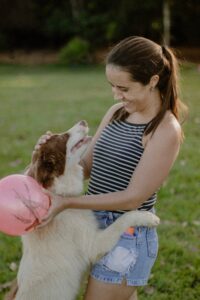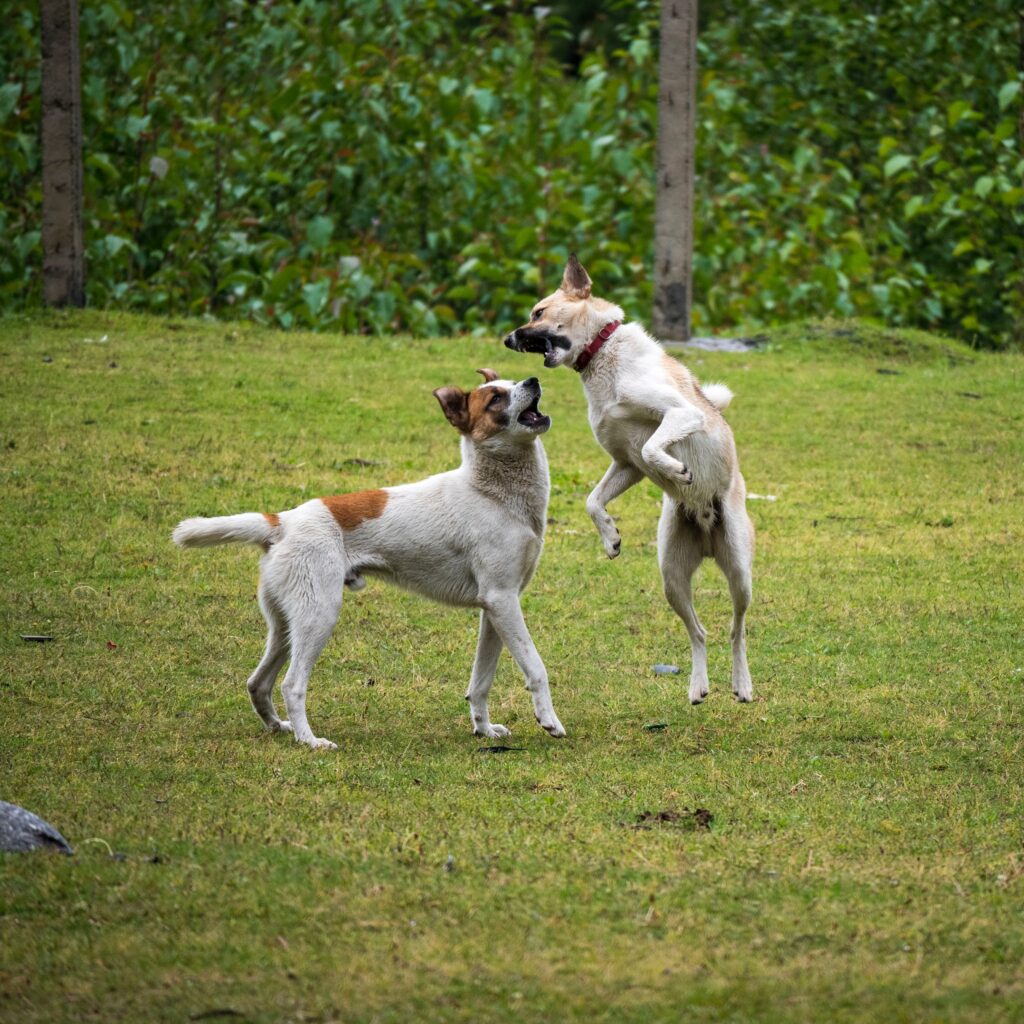Introduction
Discovering the right way to care for potentially dangerous dog breeds is crucial for promoting safety and responsible pet ownership. Understanding these breeds beyond stereotypes and myths is essential to ensure a harmonious relationship between dogs and their owners.
In this blog, we will explore practical guidelines for handling these breeds with care, focusing on positive training, socialization, and responsible ownership practices.
Understanding Potentially Dangerous Dog Breeds
Ah, the age-old debate about potentially dangerous dog breeds! You’ve probably heard people whisper about certain breeds, like Pit Bull Terriers, Rottweilers, German Shepherds, Doberman Pinschers, Cane Corso and Akitas, branding them as inherently aggressive. But hold your barks! It’s time to separate fact from fiction and explore what really goes on with these breeds.
Remember that no breed is inherently dangerous. It’s like judging a book by its cover! There are countless friendly and well-behaved pups from these breeds, just waiting to prove the naysayers wrong.
So, why are these breeds often labeled as potentially dangerous? Blame it on a cocktail of media sensationalism, isolated incidents, and a sprinkle of urban legends. But hey, not every dog follows the stereotype! Their behavior depends on a mix of nature and nurture – genetics, upbringing, and environment all play a role.
Every dog is unique! Just like humans, they have their personalities and quirks. Raising a well-behaved canine pal is about responsible ownership and proper training. Remember, love and care go a long way in shaping a dog’s behavior, regardless of the breed.
The Role of Responsible Ownership
Owning a dog is like having a furry best friend – they fill our lives with joy and love. But with great friendship comes great responsibility! As paw-some dog parents, it’s up to us to create a nurturing environment that helps our furry pals become the best version of themselves.
Dog’s behavior is influenced by upbringing and environment
Just like kids, dogs are shaped by their experiences. A well-loved and properly cared-for pup is more likely to wag their tail than show their teeth. Nurturing a positive and loving home environment sets the foundation for a well-behaved and happy doggo.
Significance of socialization and training for all breeds
Socialization is the doggy equivalent of making friends! Introducing our four-legged pals to different people, places, and pets early on helps them become social butterflies. And what’s a good friend without some training? Positive reinforcement training is like teaching them cool tricks and manners, making them confident and well-mannered companions. It’s the secret recipe for a harmonious life together.
Importance of choosing the right breed for one’s lifestyle and capabilities
Picking the perfect pooch for your lifestyle is like finding a paw-tner in crime. Every breed has unique traits and energy levels. If you’re an adventure enthusiast, an active breed might be your ideal match. Breeds like Labrador Retrievers, Australian Shepherds, or Border Collies are always up for an adventure and will eagerly join you in all your outdoor escapades.
On the flip side, if you prefer laid-back days, consider breeds like Bulldogs, Basset Hounds, or Cavalier King Charles Spaniels – they love lounging around and will gladly be your snuggle buddies. Remember, compatibility is key to a long-lasting and joyful friendship.
Recognizing Aggressive Behaviors
Understanding the behaviors of your furry friend is essential for responsible pet ownership. Recognizing and addressing signs of aggression is crucial to fostering a safe and happy environment for both dogs and humans.
Identifying Signs of Aggression in Dogs
Aggression in dogs can manifest in various ways. It’s essential to be aware of these warning signs to prevent potential conflicts. Look out for growling, snapping, lunging, raised hackles, baring teeth, or displaying a stiff body posture. Understanding these cues will help us respond appropriately and ensure the well-being of everyone involved.
Importance of Early Detection and Intervention
Early detection of aggression is crucial for nipping potential problems in the bud. Addressing aggressive behaviors at the onset can prevent escalation and create a safer environment for both the dog and the family. Ignoring or dismissing early signs may lead to more challenging issues down the road, affecting the dog’s behavior and overall well-being.
Seeking Guidance from Professional Behaviorists
Recognizing and addressing aggression requires expertise and experience. If you notice concerning signs of aggression in your dog, don’t hesitate to consult with a certified professional behaviorist or a qualified dog trainer. These experts can identify the root cause of the aggression and tailor a behavior modification plan suited to your dog’s specific needs.
Legal Considerations and Community Safety
Responsible pet ownership, in the context of potentially dangerous dog breeds, goes hand in paw with legal compliance and community safety. Let’s explore the legal responsibilities, local laws, and regulations that govern these breeds, and the essential role responsible pet ownership plays in creating a safe and harmonious community.
Legal Responsibilities of Owning Potentially Dangerous Dog Breeds
Owning a potentially dangerous dog breed comes with added legal responsibilities. Some regions may have breed-specific legislation (BSL) that imposes specific requirements on owners of certain breeds. These may include mandatory microchipping, liability insurance, secure fencing, and muzzle or leash laws. Understanding and fulfilling these obligations are essential for ensuring the safety of both your dog and others.
Adhering to Local Laws and Regulations
Local laws and regulations exist to protect both dogs and the community they live in. Being aware of and complying with these laws is vital to prevent incidents and maintain a positive relationship between dog owners and the neighborhood. By respecting leash laws, keeping dogs under control in public spaces, and following other applicable regulations, we contribute to a safer environment for all.
The Role of Responsible Pet Ownership in Fostering a Safe Community
Responsible pet ownership is the cornerstone of a safe and harmonious community. This includes proper training and socialization for all dogs, regardless of their breed. Teaching our dogs good manners and behavior helps prevent aggressive incidents and ensures a friendly and welcoming environment for everyone. By fostering a culture of responsible pet ownership, we can build trust, understanding, and cooperation within our communities.
Safety Measures for Handling Potentially Dangerous Dog Breeds
When it comes to the safety of our furry friends, prevention is key! Handling potentially dangerous dog breeds requires implementing effective safety measures to ensure their well-being and the safety of others. Let’s explore some essential safety practices, including secure fencing options, proper leash handling, and the importance of supervision during interactions.
Secure Fencing and Containment Options
A sturdy and secure fence is the first line of defense in keeping our dogs safe within our property. For potentially dangerous breeds with high energy levels, consider installing tall and durable fences, such as wooden or metal fencing. Adding reinforcement, like coyote rollers or dig guards, can further deter escape attempts. Additionally, electronic containment systems, like wireless fences, provide a safe alternative to traditional fencing while ensuring boundaries are respected.
Proper Leash Handling and Management
When out and about, proper leash handling is essential to keep both dogs and pedestrians safe. Invest in a sturdy, non-retractable leash that allows you to maintain control. Avoid using extendable leashes, as they can lead to entanglements and lack control in crowded areas. Training your dog to walk calmly on a leash will enhance your walks and ensure a positive experience for everyone.
The Importance of Supervision During Interactions
Socializing our furry pals is vital, but it should always be done with supervision. When introducing potentially dangerous breeds to other pets or people, closely monitor their behavior and reactions. Gradual introductions in controlled environments can help build positive associations and reduce the risk of aggressive encounters. Always prioritize safety and intervene if necessary to prevent any potential conflicts.
Training and Socialization Techniques
Training and socialization are the building blocks of a well-rounded and well-behaved canine companion. For potentially dangerous dog breeds, these techniques are even more critical to promote positive behavior and a harmonious relationship with both humans and other animals. Read on to learn effective training and socialization methods, emphasizing positive reinforcement, early exposure, and addressing fear and aggression through training.
Positive Reinforcement Training Methods
Positive reinforcement is like giving our dogs a pat on the back for a job well done! This training approach involves rewarding desired behaviors with treats, praise, or affection. For potentially dangerous breeds, it’s crucial to focus on positive reinforcement to reinforce good behavior and build trust. This method encourages our furry friends to learn and obey commands willingly, creating a positive and enjoyable training experience for both the dog and the owner.
Early Socialization to Various Environments and Stimuli
Social butterflies, unite! Early socialization is key to helping our furry pals become well-adjusted and confident in various situations. From puppyhood, expose your dog to different people, animals, and environments. Introduce them to new sounds, sights, and experiences, gradually increasing the complexity of interactions. This helps prevent fear and anxiety while promoting a friendly and adaptable demeanor.
Addressing Fear and Aggression Issues through Training
If fear or aggression issues arise, addressing them promptly is essential. Consult with a professional dog behaviorist or trainer to identify the root cause of these behaviors. The trainer can create a personalized behavior modification plan to address fear and aggression positively and effectively. With patience, consistency, and the right techniques, we can help our dogs overcome these challenges and develop a more relaxed and confident disposition.
Responsible Pet Ownership in Practice
Being a responsible pet owner goes beyond providing food and shelter; it involves nurturing a loving and fulfilling relationship with our furry companions. Now, we will explore practical ways to ensure responsible pet ownership, including building a strong bond, prioritizing veterinary care, and understanding the significance of exercise and mental stimulation in a dog’s behavior.
Tips for Building a Strong Bond with Your Dog
Creating a strong bond with our dogs is like building an unbreakable friendship. Spend quality time together through daily walks, play sessions, and cuddle time. Engage in positive reinforcement training to build trust and communication. Love, patience, and consistency are the foundation of a deep and meaningful connection with our furry pals.
Encouraging Regular Veterinary Check-ups and Healthcare
Just like we visit the doctor for our health, our dogs need regular check-ups too. Schedule routine veterinary visits to monitor their well-being, receive vaccinations, and address any health concerns promptly. Providing regular grooming, dental care, and a balanced diet ensures our furry friends are happy, healthy, and ready to wag their tails for years to come.
The Role of Exercise and Mental Stimulation in a Dog’s Behavior
A happy dog is an active dog. Regular exercise is essential for their physical and mental well-being. Daily walks, interactive play, and engaging puzzle toys keep them physically fit and mentally sharp. A stimulated dog is a well-behaved dog, reducing the likelihood of boredom-related behavioral issues.
Dealing with Misconceptions and Stigma
Misconceptions and stigma surrounding certain dog breeds can have a significant impact on both the dogs and their owners. As responsible advocates for our four-legged friends, it’s essential to address public fear and prejudice, promote fair treatment, and encourage responsible media representation of all dog breeds.
Addressing Public Fear and Prejudice Against Certain Breeds
Breaking down the walls of fear starts with education and positive experiences. Engage in open conversations with your community about dog behavior, emphasizing that breed stereotypes are not accurate representations. Organize meet-and-greet events with well-behaved dogs of various breeds to help dispel myths and foster understanding.
Advocating for Fair Treatment and Understanding of All Dogs
Every dog deserves to be treated as an individual, irrespective of its breed. Advocate for fair treatment by encouraging responsible pet ownership practices and promoting the understanding that a dog’s behavior is influenced by various factors beyond its genetics. Highlight the importance of responsible ownership and training to build a compassionate and respectful relationship between humans and dogs.
Promoting Responsible Media Representation of Dog Breeds
The media plays a significant role in shaping public opinion about dog breeds. Encourage responsible media representation by sharing positive stories about dogs, irrespective of their breed. Support media outlets that showcase balanced and well-researched content, avoiding sensationalized portrayals that perpetuate stereotypes.
Conclusion
Responsible pet ownership is the key to nurturing a strong bond with our furry friends and creating a safe and harmonious community. Remember, no breed is inherently dangerous; it’s about how we train and care for them. Secure fencing, proper leash handling, and supervision ensure a safe environment.
Building a loving relationship with our dogs through love and understanding is essential. Regular veterinary care and mental stimulation contribute to their well-being. Let’s challenge misconceptions, promote fair treatment, and cherish every moment with our loyal companions. Together, we can create a happier world for all dogs.
